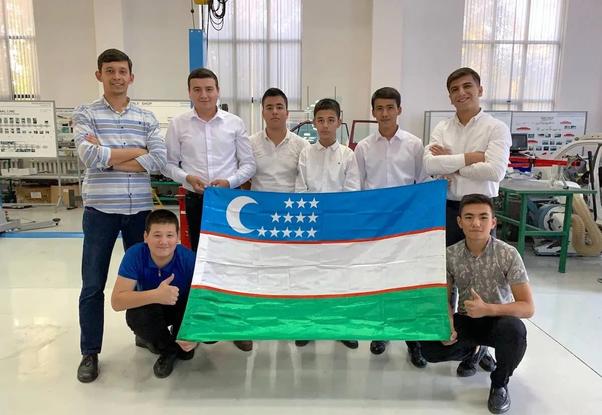Tajikistan and Uzbekistan. What is the difference between these two peoples? What do they have in common?
Although Uzbeks and Tajiks are very similar in many respects culturally (both belong to the agrarian settlement culture of Central Asia), there are many important differences between them.
Ethnically, the Uzbeks belong to the Caruk Turkic branch, while the Tajiks are an ethnic group in eastern Iran.
Modern Uzbeks
Linguistically, the Uzbeks speak Turkic, which is common in Northeast Asia and Siberia. The origins of the Uzbeks are closely related to the people of the region. However, they are also assimilated and mixed with TheIndo-European/Iranian groups in Central Asia. Tajik, on the other hand, belongs to the Iranian branch of the Indo-European language family. So, the two languages don't even matter.
Ancient Central Asia in the past was a special place, with a mix of various Peoples of Europe and Eastern Europe (related to East Asia). The most famous of these are the Scythians, whose genetic type is predominantly European, while the East Scythians have 25% to 75% East Asian ancestors. Modern Central Asia is characterized by a predominantly East Asian genetic component, with a slight variety of Western European and sub-ancestry.
Distribution of Turkic peoples
These results suggest that Turkic cultural practices were imposed on steppe nomads by a small elite in East Asia. Turkic languages are widespread from Mongolia and Siberia in northwestern China to Turkey and Bulgaria in the west, indicating a massive migration from their mongolian homeland.
Recent DNA studies have shown that since the end of the second millennium BC. East Asian-related components have been found in many populations in Central Asia and Eastern Europe. By the Iron Age, a predominantly East Asian population had migrated westward to make contact with the local population, which was originally Indo-European, predominantly Of Western European descent, and spoke Turkic. The modern DNA of many Turkic peoples suggests that the Turks shared ancestors with the Peoples of Southern Siberia and the Mongols, which confirms the hypothesis of their origins. Although modern genetic data cannot allow us to pinpoint the origin of the proto-Turkic language at the time and place, it is clear that it may have originated somewhere in Northeast Asia, as it is
Uzbeks have distinctLy East Asian characteristics in terms of phenotype
Modern Uzbeks in Uzbekistan and Afghanistan have 60 to 75 percent Eastern European asian ancestors. In contrast, Indians (South Asians) have about 30% East Asian ancestry, with the rest being a mixture of indigenous (South Europeans) and Western European Asians.
The Tajiks, in turn, are Iranian-speaking populations and are genetically similar to the Persians and Pashtuns, but they also have a certain number of Eastern European and Asian ancestors – about 25%.
Tajiks and Uzbeks are genetically differently linked, but long-term exchanges and cultural exchanges have made the relationship between the two peoples very close.
Afghan Uzbeks:
Afghan Tajiks:
The Uzbeks have embraced many Tajik customs and traditions, and the Tajiks have also embraced many Uzbek cultures. The Chagatai Turks, and later the Mongols, worked to assimilate and assimilate the Iranian culture of the Tajiks.
Uzbeks are a mixture of Southwest Asians (haplogroup J2), Scythians (R1a1), Turkics (R1a1, N, C), Urals (haplogroup N), and some Mongols (haplogroup C).
The Karuks (Uyghurs and Uzbeks) differ from the Chincha in a large mixture associated with Southwest Asia. The Kypchaks had more Europeans than West Asians.
The Uzbeks are a mixture of West Asian, Siberian, European and Mongolian characteristics.
Many Tajiks are characterized by their last name, many of whom end with -zoda or -i. For example, Ismati, Mansour Zorda, etc.
In everyday life, people in Uzbekistan and Tajikistan do not pay attention to differences between ethnic groups. At the very least, the topic has not been discussed openly. Tajiks and Uzbeks coexist peacefully.
